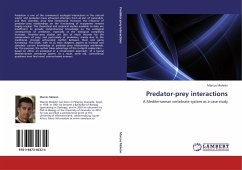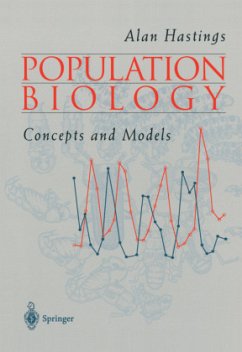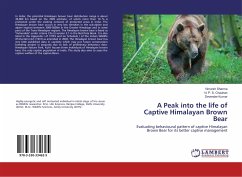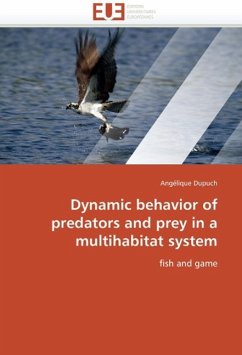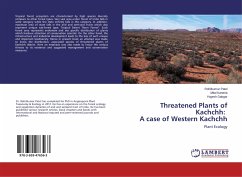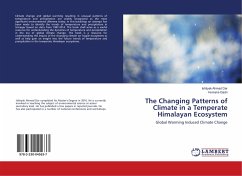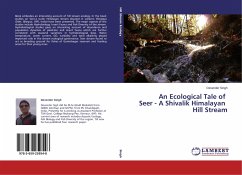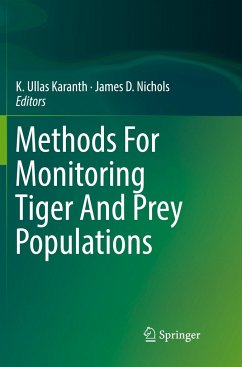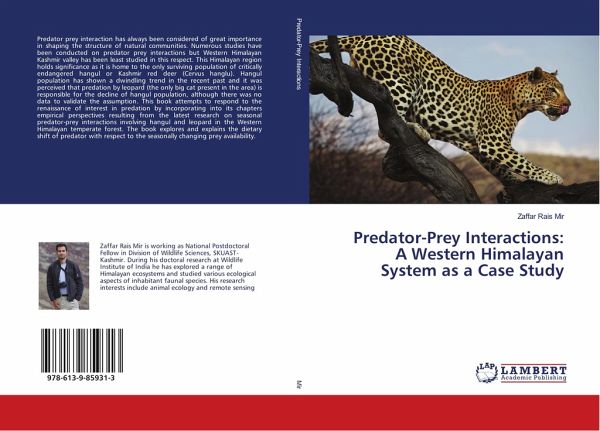
Predator-Prey Interactions: A Western Himalayan System as a Case Study
Versandkostenfrei!
Versandfertig in 1-2 Wochen
43,99 €
inkl. MwSt.

PAYBACK Punkte
22 °P sammeln!
Predator prey interaction has always been considered of great importance in shaping the structure of natural communities. Numerous studies have been conducted on predator prey interactions but Western Himalayan Kashmir valley has been least studied in this respect. This Himalayan region holds significance as it is home to the only surviving population of critically endangered hangul or Kashmir red deer (Cervus hanglu). Hangul population has shown a dwindling trend in the recent past and it was perceived that predation by leopard (the only big cat present in the area) is responsible for the dec...
Predator prey interaction has always been considered of great importance in shaping the structure of natural communities. Numerous studies have been conducted on predator prey interactions but Western Himalayan Kashmir valley has been least studied in this respect. This Himalayan region holds significance as it is home to the only surviving population of critically endangered hangul or Kashmir red deer (Cervus hanglu). Hangul population has shown a dwindling trend in the recent past and it was perceived that predation by leopard (the only big cat present in the area) is responsible for the decline of hangul population, although there was no data to validate the assumption. This book attempts to respond to the renaissance of interest in predation by incorporating into its chapters empirical perspectives resulting from the latest research on seasonal predator-prey interactions involving hangul and leopard in the Western Himalayan temperate forest. The book explores and explains the dietary shift of predator with respect to the seasonally changing prey availability.



